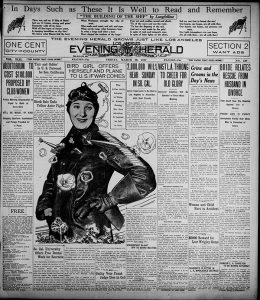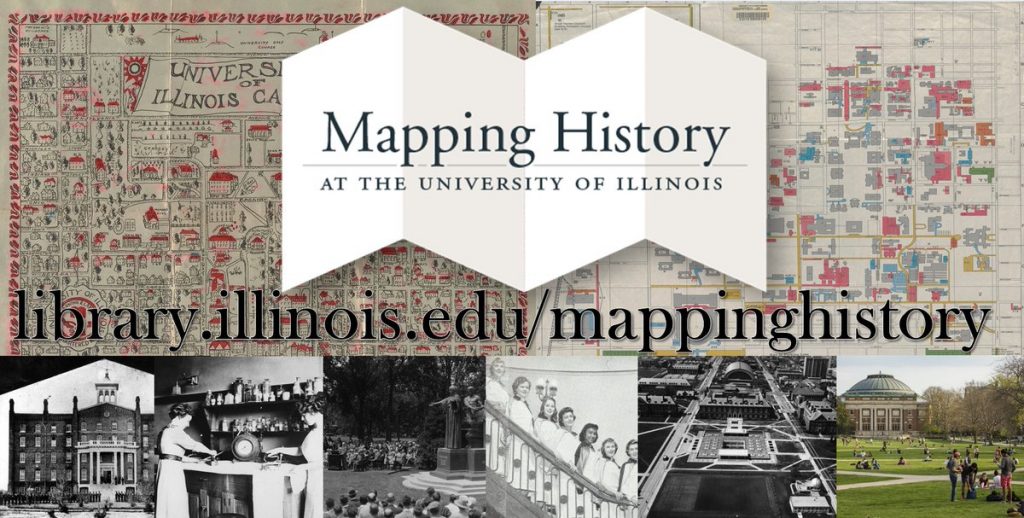This guest post was written by Nathan Tye. Nathan is a doctoral candidate in the Department of History at the University of Illinois and the Assistant Book Review Editor of Middle West Review.

The early history of aviation is filled with pioneers and “firsts” whose accomplishments were quickly overshadowed by more impressive feats. Lillian Gatlin, a UIUC student from 1906-1908, is rarely remembered today, but in the fall of 1922 was the toast of the nation when she became the first woman to fly across the country.[1] Although Gatlin did not graduate from UIUC, transferring to Michigan for her senior year where she received an A.B. in English in 1909, she maintained a long correspondence with her old Rhetoric professor, Thomas Arkle Clark.[2] A lifelong writer and aviatrix, it was at Illinois that Gatlin discovered her love of writing. As she told Dean Clark, “I think it was Rhetoric 10. The number is of no consequence – it was where you encouraged me to write.”[3] Although Edward Bok, editor of Ladies’ Home Journal gave Gatlin her first big break, “he did not ‘discover’ me – entirely.” As she informed Clark, “Much to my mystification, you did – that: and trained me for him[.]”[4] Gatlin and Clark’s letters, recently identified in the General Correspondence of the Dean of Men, reveal a woman set on breaking free from society’s expectations, first as a writer and later as an aviation pioneer, whose life of adventure was started at the University of Illinois.
The Life of an Aviatrix
By 1915, Gatlin was an established aviatrix and author living in San Francisco. That March her flight instructor (and possibly fiancé), the famed barnstormer Lincoln Beachy, died in a crash at the Panama-Pacific International Exposition in San Francisco.[5] Beginning in 1916 Gatlin flew over Beachy’s crash site just off the coast of the Exposition Grounds (now the Marina District) and dropped flowers on the anniversary of his death. As untold numbers of pilots began dying in the World War the event became a citywide and eventually national event commemorating dead aviators. In 1921 it was officially reorganized with city sponsorship as “Aerial Day.”[6]
Continue reading “The “Wind, Motion, and Freedom” of Lillian Gatlin, UIUC’s Pioneering Aviatrix”
